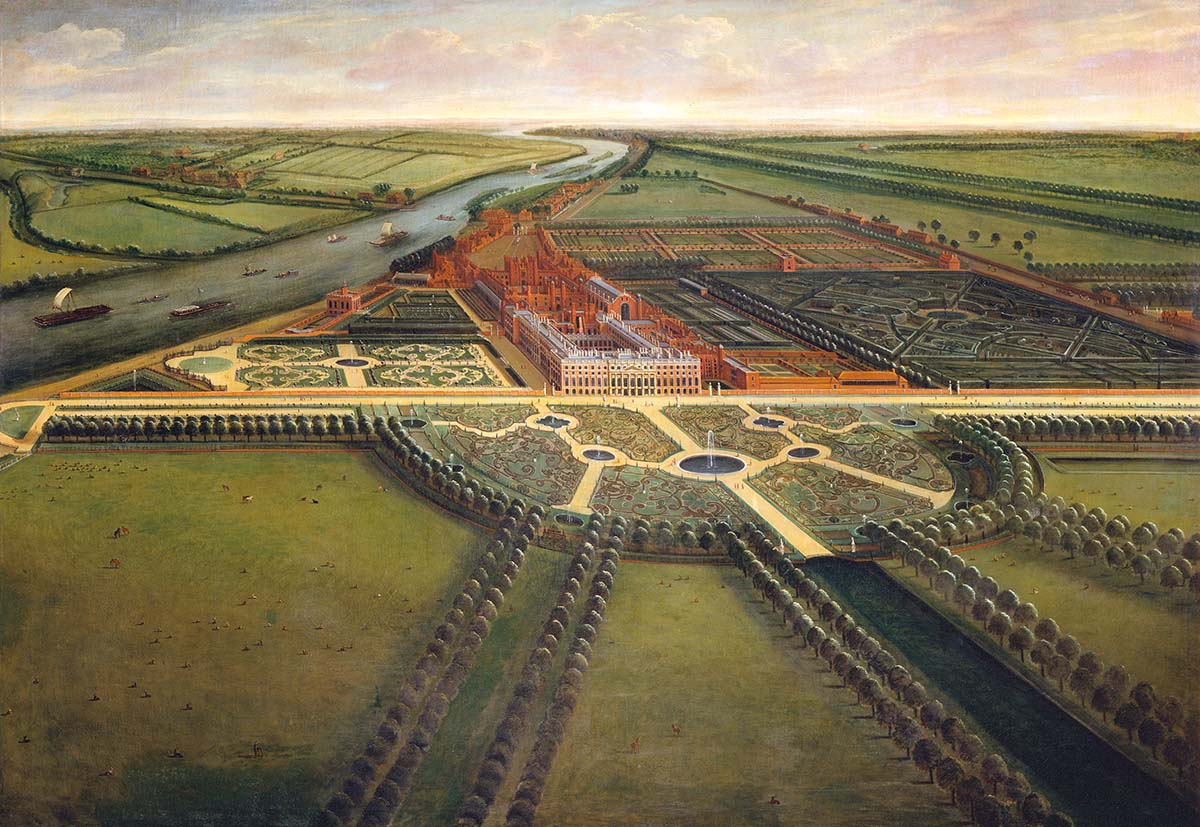Britain’s Gardening Revolution | History Today - 2 minutes read

On his 30th birthday, 29 May 1660, Charles II returned to London from his exile abroad. He had much to do. He had to re-establish the monarchy, appoint his ministers, call a new parliament and cement relationships with the Anglican Church, which was still suspicious of his Catholic mother. He was determined to pursue and put to death those who had killed his father. Meanwhile, he had to satisfy at least some of the men who crowded to the royal court to seek lucrative appointments.
But he had another priority. By the end of 1660, he had put unemployed soldiers to work in St James’s Park, only a few hundred yards from his palace of Whitehall. The park had been neglected during the Commonwealth but Charles, who had lived close to it as a child, was determined. The soldiers were to dig a huge rectangular lake, which he called a ‘canal’ – a French word both for a waterway and a lake – between Whitehall and the site of what is now Buckingham Palace, linking together some smaller ponds. When finished, it was 850 yards long and 42 yards wide. In its later sinuous form it can still be seen today, populated by the wildfowl and pelicans that Charles enjoyed watching, although the antelope, monkeys, golden eagle and vulture can no longer be found there. He and Henrietta Maria could, in the winter of 1662, also watch ‘the dexterity of the sliders’ on the frozen canal, as John Evelyn recorded.